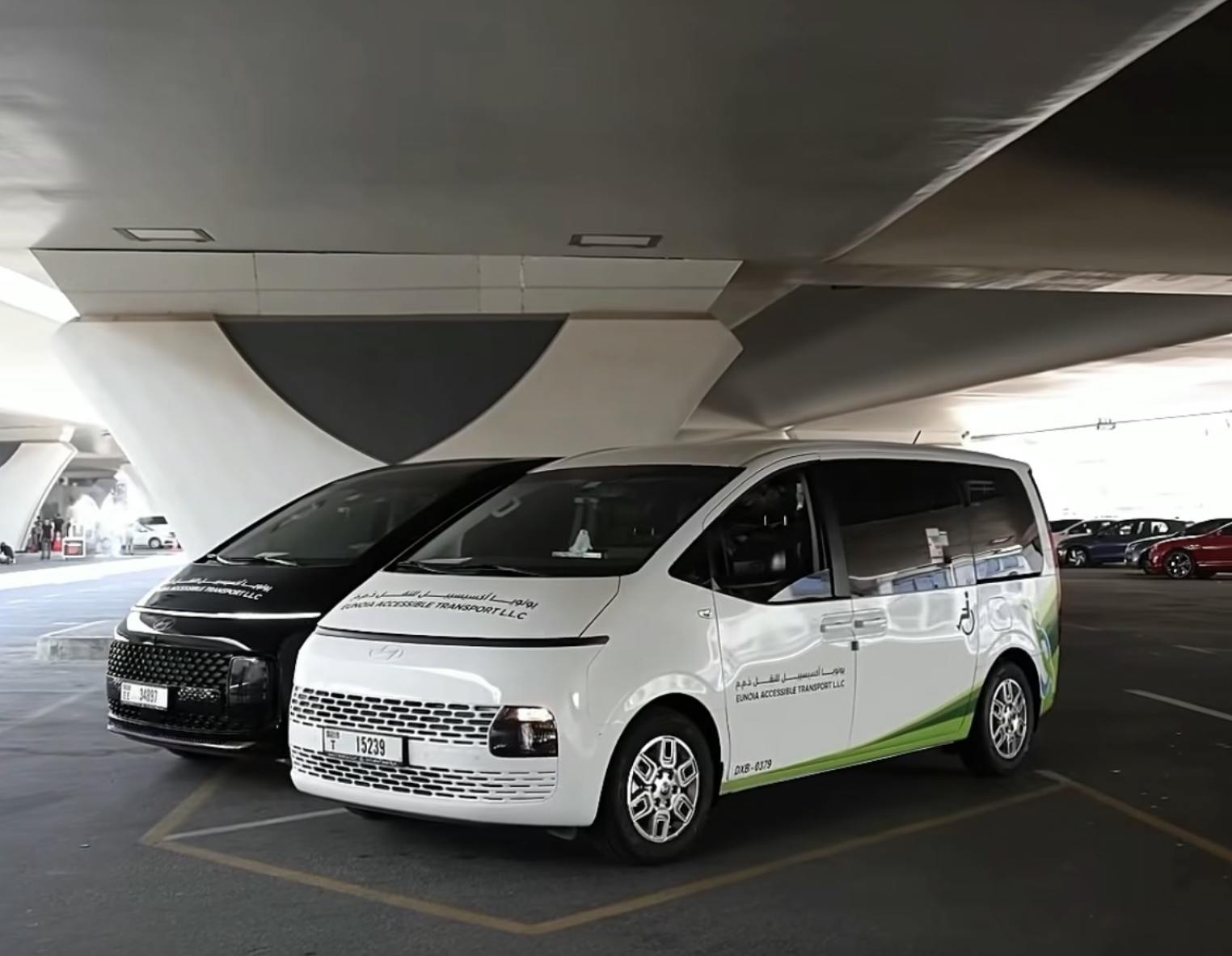
How Pingo Flex™ Reinvents the Future of Fixed and On-Demand Service to (Actually) Reach People with Reliable Transit
TRC’s focus on adaptive, technology-driven solutions allows transit agencies to integrate flexibility with reliability. In his latest blog, Niko Rekhviashvili, TRC’s Senior Director of Product Management, explores the transformative potential of Pingo Flex™. By blending fixed routes with on-demand services, Pingo Flex™ empowers agencies to deliver flexible, rider-centric transit, reaffirming TRC’s commitment to advancing public transportation with tools that streamline operations and elevate service.
The Routing Company (TRC) recently announced an exciting upgrade to its Pingo Flex™ feature, in doing so ushering in a new era of transit operations and reshaping how transit agencies combine fixed and on-demand services.
As agencies around the world continue to grapple with the need for flexibility in transit, Pingo Flex™ addresses the challenge by offering a single, adaptive platform that enhances agency operations across diverse environments. From rural deviated routes to urban commuter flexibility, Pingo Flex™ is pioneering flexible transit solutions and enabling transit agencies to power a more responsive, efficient future of transportation.
Innovating to overcome the challenge of reaching underserved communities
On-demand transit has been a breakthrough in serving communities that have historically struggled with transportation access—areas sometimes called “transit deserts”—and in meeting the needs of diverse rider groups, from those with disabilities to rural communities with less-defined travel patterns. However, as transit agencies know well, integrating these on-demand options with fixed-route systems remains a substantial challenge.
Agencies are working to bridge these gaps, but it isn’t simple. Pingo Flex™, initially launched in 2021, was developed from agency feedback and insights to help transit leaders manage this challenge in ways that enhance efficiency while keeping transit convenient for riders. And with the latest Pingo Flex™ update, we hope to address the need for seamless, user-friendly integration of on-demand and fixed transit in ways that support operational ease and broader transit goals.
Real-World Needs for Blending Fixed and On-Demand Transit
In our work with agencies, we’ve seen clear, common scenarios where transit professionals need to blend the stability of fixed routes with the adaptability of on-demand options. Here are some examples of how Pingo Flex™ aims to serve these needs:
Deviated Fixed Routes

In rural areas, fixed routes remain essential for regular service, yet many agencies need a way to reach riders who aren’t close to designated stops. This can create barriers to accessing reliable transit and particularly for those with limited mobility. One effective solution for these cases has been deviated fixed routes, which enable a bus to leave its scheduled path briefly to pick up passengers close to their locations. This flexible setup allows agencies to ensure their services meet ADA requirements without adding additional routes or vehicles, optimizing both budget and accessibility.
School Routes

Many agencies serve students who benefit from learning and using public transit systems early on while enabling agencies to meet broader community and funding objectives. School routes often need to change slightly from day to day, so strictly fixed routes can be limiting while a fully on-demand solution may be overly complex. Pingo Flex™ provides a middle ground that allows agencies to adjust routes as needed, while maintaining essential structure and predictability for both parents and operators.
Group Trips

Group trips, such as those serving community-specific or seniors clubs, represent another critical and often under-discussed need in transit. Riders in these groups typically follow the same general route each day, but stops might change on a daily basis if some riders are absent. Pingo Flex™ enables transit agencies to set up these group trips with consistency and flexibility, ensuring a smooth experience without requiring multiple unnecessary stops or vehicles on the road.
Pingo Flex™ – The Unified Solution for Mixed-Mode Transit
With Pingo Flex, transit agencies can manage a broad spectrum of services with ease. Our goal is for agencies to work efficiently and creatively within their unique service constraints. The newly launched Run Builder, for example, was designed specifically to help agencies design flexible routes with customizable stops, zones, and deviated routes—all tailored to the needs of individual communities.

The new Run Builder not only supports creating routes with designated stops, but also enables TRC’s partners to include individual rider trips as part of the flex route, thereby enabling them to easily generate semi-fixed routes for their school routes, adult day care runs, or general group trips.
Once a route is set, it can be assigned to shifts, allowing transit professionals to layer additional trips, mix services, and monitor route performance all from a single Pingo™ platform. By using one cohesive system to manage various transit modes, agencies can reduce operational strain while meeting a wider range of community needs, supporting a more responsive and connected transit ecosystem.
Key Use Cases – From Rural Communities to Urban Centers
Pingo Flex™ was developed to meet the unique challenges of all types of communities. In Kitsap County, WA, for example, Pingo Flex™ supports ferry-connecting routes by creating flexible yet scheduled stops, ensuring that commuters have dependable connections to and from ferry terminals without the need to book an individual trip every time. This semi-fixed route system integrates seamlessly with Kitsap Transit’s massively successful microtransit service, BI Ride.
In East Sussex, England, Pingo Flex™ enables the Flexibus on-demand transport service to seamlessly commingle with school transportation, managing predictable yet adaptable routes to safely serve students and enable parents to rely on consistent service. Similarly, in Rochester, NY, Pingo Flex™ is helping to coordinate more than 100 vehicles operating deviated fixed routes, in a deployment commencing launch this month.
Future-Proofing Transit with Pingo Flex™
Transit needs are always evolving, and part of the Pingo Flex™ design is to adapt alongside those changing demands. With GTFS real-time integration, transit agencies can offer live service updates that improve transparency and help riders better plan their journeys.
In addition, the Pingo Flex™ updated booking system enables riders to reserve seats across both scheduled and on-demand routes, improving service accessibility and reliability. And by adding support for skippable stops, agencies can streamline routes to reduce unnecessary trips, saving on both time and fuel while keeping routes available for those who need them.
Moving forward, supporting the future of transit together
Pingo Flex™ was built to meet the evolving needs of transit agencies, helping to bridge traditional fixed routes with the agility of on-demand service. As public transit professionals work to meet new demands, we aim to support them with tools designed from the ground up to serve both operational and rider needs, facilitating a simpler, more flexible approach to transit.
Whether a transit agency is serving rural regions or bustling cities, we’re committed to collaborating with our partners and supporting a future where public transit is reliable, adaptable, and accessible to everyone.
To explore how we can support your community with Pingo Flex™, reach out to move@theroutingcompany.com. To contact Niko, email niko@theroutingcompany.com.


